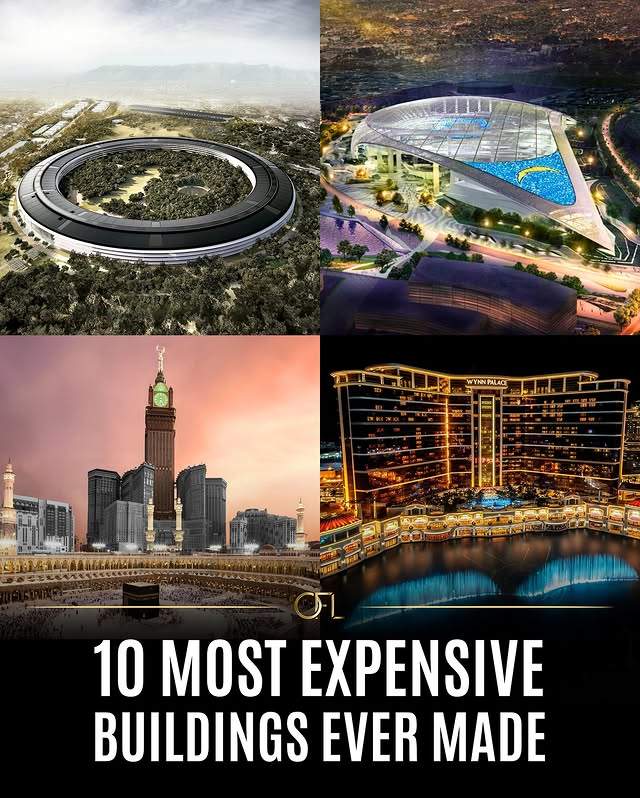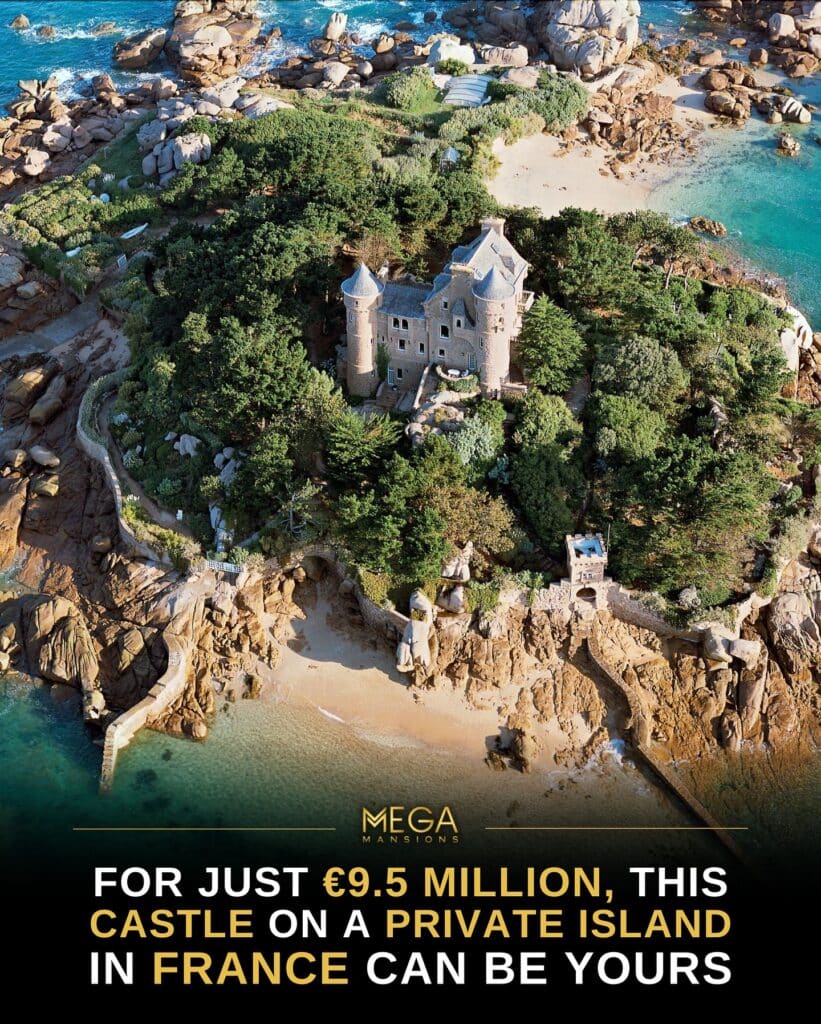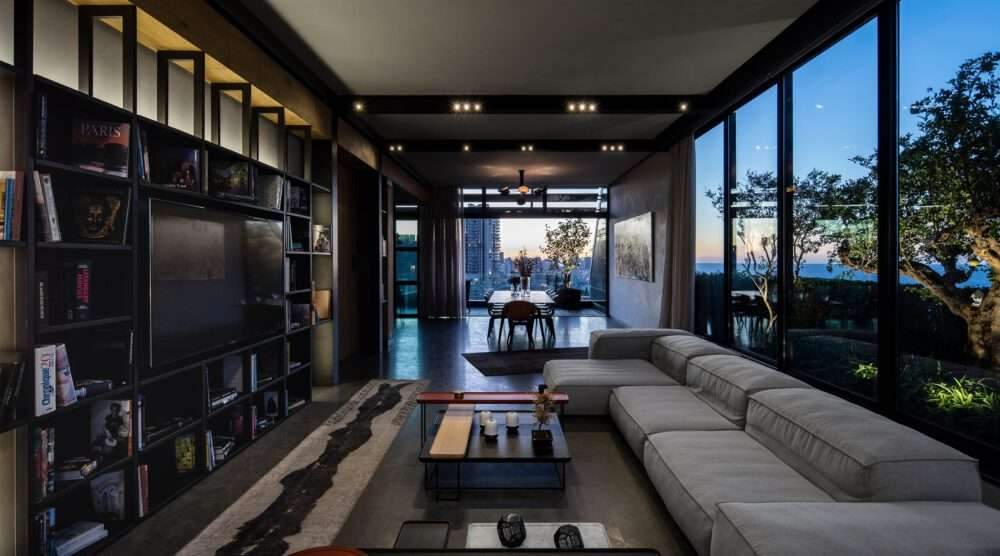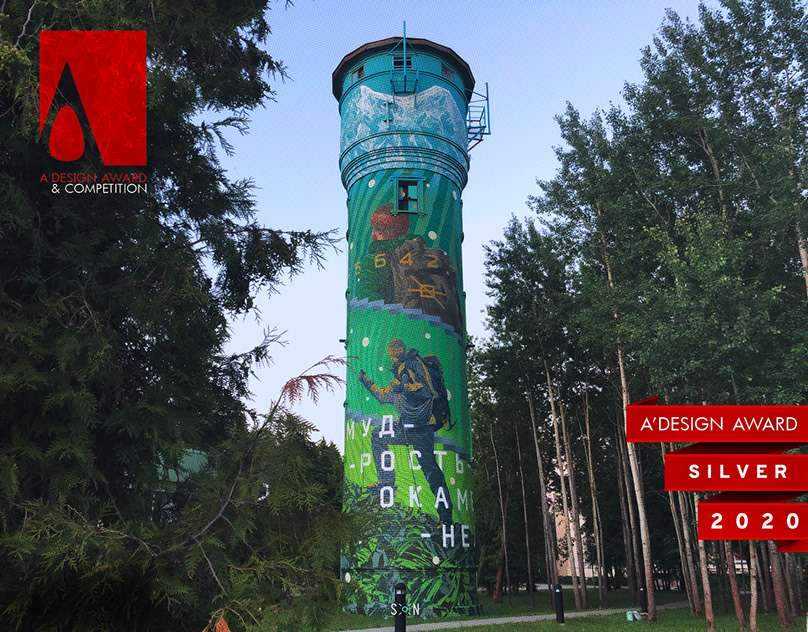
In a world where nations and cities compete to attract global attention through unique architectural ventures, a collection of structures stands out for their innovative designs and staggering costs. Among these, the most expensive buildings are not merely concrete edifices but reflect economic, social, and cultural aspirations while shaping the identity of their locations. This article explores prominent examples of such projects, analysing the reasons behind their high costs and their societal impacts.

1. Religious Landmarks: Where Spirituality Meets Technology
Religious sites rank among the most awe-inspiring structures, not only for their scale but also for their capacity to host millions annually. The Grand Mosque in Mecca , Saudi Arabia, holds the title of the world’s most expensive building at over 115billion,accordingtoSaudiArabia’sMinistryofFinance.Itsexpansionspanscenturies,incorporatingmoderncrowd−managementtechnologies.Adjacenttoitliesthe∗∗AbrajAlBait∗∗complex(19.5 billion), featuring luxury hotels and a colossal clock face visible to millions during Hajj season.
| Structure | Location | Cost (Billion USD) | Primary Purpose |
|---|---|---|---|
| Grand Mosque | Mecca, Saudi Arabia | 115+ | Worship and Pilgrimage |
| Abraj Al Bait | Mecca, Saudi Arabia | 19.5 | Hospitality and Commerce |


2. Entertainment Complexes: Cities Within Cities
In Singapore, Las Vegas, and Macau, integrated entertainment resorts redefine tourism. Marina Bay Sands (7.8billion)featuresthreetowerslinkedbyaskyparkandaninfinitypool,while∗∗ResortsWorldSentosa∗∗(6.7 billion) combines theme parks, casinos, and luxury hotels. These projects boost economies by attracting high-spending tourists but spark debates about equitable investment distribution.
“Luxury tourism contributes 10% of Singapore’s annual GDP.”
– Singapore Tourism Board Report, 2023.
3. Sports Stadiums: Engineering Ahead of Its Time
Modern stadiums are technological marvels. SoFi Stadium in California ($6.3 billion) boasts a translucent roof and a 7,000 m² internal screen, hosting sports events, concerts, and conventions.
4. Corporate Headquarters: Sustainability or Excess?
Apple Park (6.1billion)exemplifiesthetensionbetweensustainabilityandcost.Thecircular,renewable−energy−poweredcampushighlightsenvironmentalcommitment,yetcriticsquestionwhetherits6.1 billion price tag was justified.


Frequently Asked Questions (FAQ)
What is the world’s most expensive building?
The Grand Mosque in Mecca, Saudi Arabia, at over $115 billion.
Do these projects drive economic growth?
Yes, particularly in tourism and hospitality, though they may exacerbate social inequality.
What is the biggest challenge in constructing these projects?
Balancing costs with environmental and engineering standards.
Summary Table of Key Projects
| Structure | Location | Cost (Billion USD) | Sector |
|---|---|---|---|
| Grand Mosque | Mecca, Saudi Arabia | 115+ | Religious |
| Abraj Al Bait | Mecca, Saudi Arabia | 19.5 | Hospitality |
| Marina Bay Sands | Singapore | 7.8 | Entertainment |
| Resorts World Sentosa | Singapore | 6.7 | Entertainment |
| SoFi Stadium | California, USA | 6.3 | Sports |
| Apple Park | California, USA | 6.1 | Corporate |
| The Cosmopolitan | Las Vegas, USA | 5.3 | Entertainment |
| Wynn Palace | Macau | 5.2 | Entertainment |
| One World Trade Center | New York, USA | 4.9 | Commercial |
| Palace of the Parliament | Bucharest, Romania | 4.6 | Government |


ArchUp’s Perspective: Admiration and Criticism
The images used in this article were sourced from [onlyforluxury.] on [Instagram]





